2018 Retail Bankruptcies: Who’s Next?
By Corali-Lopez Castro and Mindy Kubs, KozyakTropin& Throckmorton
The number of retail bankruptcy filings last year was the highest since the recession and analysts are predicting more retail bankruptcies to come. At the end of 2017, S&P Global Market Intelligence released a list of retail stores on the top of the bankruptcy watch list, some of which include:
- Sun Pacific Holding Corp. (formerly EXOlifestyle)
- Sears Holdings (Sears and Kmart)
- Vince Holding Corp.
- The Bon-Ton Stores
- Bebe Stores Inc.
- Destination Maternity Corp. (A Pea in the Pod, Motherhood Maternity, and Destination Maternity)
- Tailored Brands Inc. (Men’s Wearhouse and Jos. A. Bank)
A few of the above companies have been on the watch list for a while and one — Bon-Ton Stores Inc. — filed a chapter 11 bankruptcy petition on Feb. 4, 2018. Other companies analysts are watching include: Neiman Marcus, J. Crew, David’s Bridal, Nine West, and GNC Holdings. Last month it was reported Nine West Holdings Inc. and its creditors were attempting to negotiate a pre-arranged Chapter 11 filing involving $1.5 billion of debt. The goal is to have a deal in place and file for bankruptcy protection before the company’s March 15 interest payment becomes due.
It also appears a bankruptcy filing by GNC, the mall-based vitamin retailer, is imminent. GNC was having difficulty refinancing its debt load of nearly $1.4 billion, and took the step of hiring Goldman Sachs in early December 2017 to assist in its efforts to restructure its debt or sell its assets. The company’s stock has fallen more than 60 percent over the last several months, while sales and profits fell over the last-two years. Given the company’s substantial debt, decreased sales, and changes in the way modern consumers purchase vitamins, it may prove difficult for GNC to find a buyer. GNC has until September of this year until its $300 million revolving debt becomes due, and its $1.1 billion term loan matures in March 2019. So, although the company still has several months until a potential default, GNC’s future looks bleak.
The one company most analysts agree is likely to default on its debt obligations is Sears Holding Corp, which operates both Sears and Kmart stores. Fitch, S&P Global, and Moody’s all recently downgraded their ratings on Sears, causing the company’s stock to fall 29 percent in just one week. Shares of stock were their highest in 2007 at $115.37 per share, but were worth only a little over two dollars in early February 2018. Numerous store closures have been announced in recent weeks, and the company has been extending the maturity dates on its debt. It was recently reported Sears had over $4.5 billion in debt with half of that due within the next two years. The company has been teetering on the edge of bankruptcy for the last several years and appears to be finally nearing its breaking point.
Numerous other retail companies are closing stores at record pace in the hopes of avoiding default and/or a bankruptcy filing. Macy’s, Sam’s Club, Ann Taylor, Loft, and Michael Kors are all closing under-performing stores in an effort to optimize their brick-and-mortal store fleets and, hopefully, improve profitability. Not all closings, however, should be seen as a sign of trouble. Although Gap Inc. announced the closure of 200 Gap and Banana Republic stores, it has plans to open 270 locations of successful brands Old Navy and Athleta. There is also a silver lining to increased number of store closings. Landlords in certain tight markets such as South Florida have been able to capitalize on the newly created vacancies by charging higher rent to those looking for retail space.
Many companies were hoping that a robust 2017 holiday season would be enough to trigger a financial turnaround, but this was not the case for all retailers. Toys “R” Us, which filed for bankruptcy in September 2017, found itself unable to compete with the deeply discounted prices offered by Walmart, Target, and Amazon. In January, the company announced it would be closing 180 stores as part of its reorganization process, effectively reducing its store fleet by twenty percent.
Who will survive? Those companies that employ targeted strategies for meeting the needs of the modern consumer should continue to find success. For example, one of the largest international fashion companies, Zara, provides a great example of a retailer with a strong e-commerce platform. Shoppers can shop online internationally, and in over 30 languages. Zara also offers shoppers the option to receive periodic information via email about Zara’s latest products and offers, including Zara’s fashion lookbook. Zara also meets the needs of consumers looking to see the latest trends in “fast fashion” by changing its inventory on a regular basis. Stores like Zara that offer an ever-changing inventory — and those that offer consumers a more unique shopping experience including the ability to touch, feel, and test products (think Sephora) — should fare better during this seismic shift in the retail industry.
If the past is any prediction of the future, we can expect future bankruptcy filings by those retail companies nearing maturity on significant debt obligations, while at the same time experiencing decreased profits caused by under-performing stores and an inadequate e-commerce platform. Also, large retail chains will likely continue to close a portion of their fleets as they adjust to the spending habits of today’s consumer, even if those companies do not ultimately seek bankruptcy relief. Retailers that hope to stay in business need to find the right balance between their brick-and-mortar presence and an e-commerce platform.
Click here for the original article.


